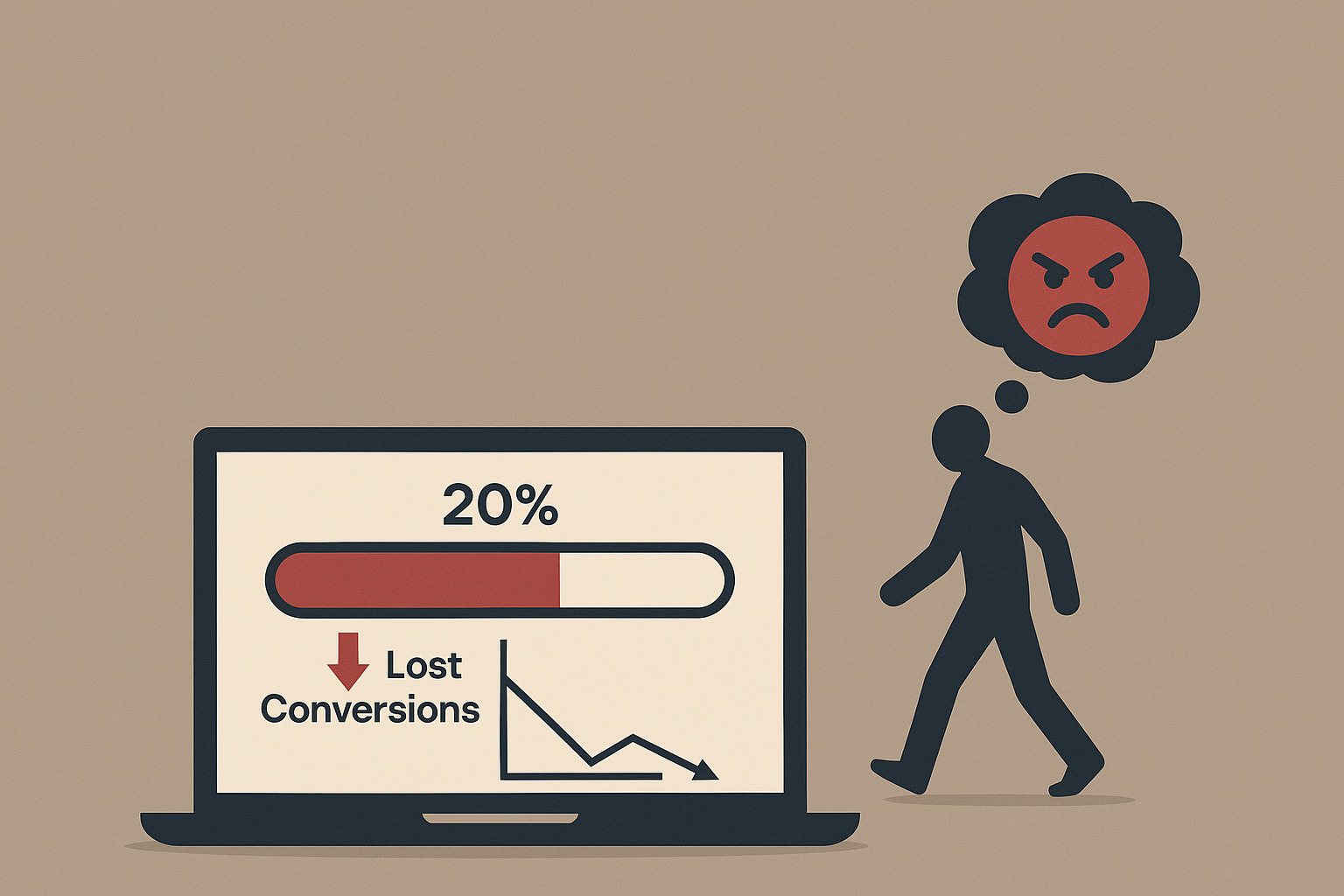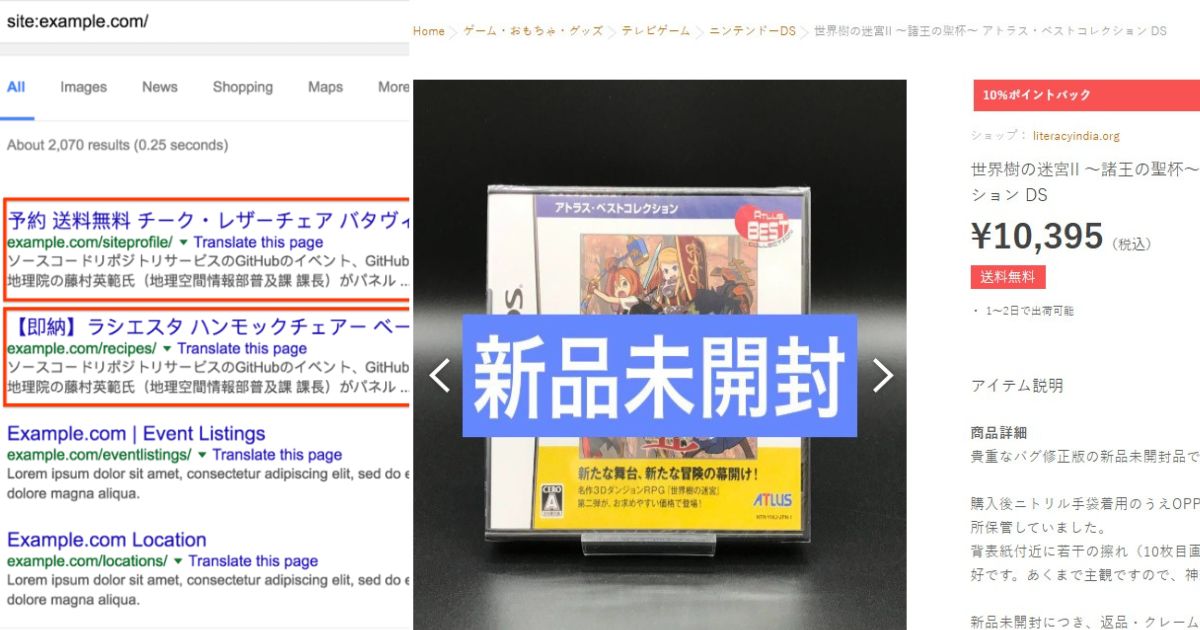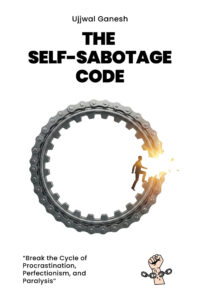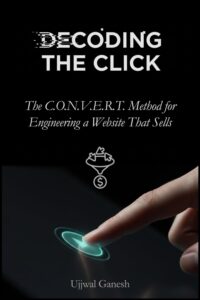You have a website. You’ve invested time, money, and effort to get it online.
But let’s get to the brutal truth. Is it actually making you money?
Or is it just a digital brochure, floating in the vast emptiness of the internet? A ghost town where potential customers arrive, get confused, and leave without a trace.
If that sounds familiar, the problem might not be your product or your marketing. It’s your website’s architecture. The issue isn’t what’s on your pages, but what pages are missing entirely—or are so poorly designed they might as well be invisible.
You are bleeding leads, eroding trust, and leaving money on the table.
I believe any website can be a profit center. But to do that, you have to plug the holes. Let’s stop the bleeding and look at the foundational pages that turn a passive website into a lead-generating machine.
1. The “About Us” Page: Your Digital Handshake
You might think it’s an afterthought. A bit of fluff. You’d be wrong.
When new visitors land on your site, one of their first questions is, “Who is behind this?” An “About Us” page is your answer. In fact, studies show that 52% of people look for this page first when visiting a new website.
Lacking one—or having a shallow, corporate-speak version—is like walking into a meeting and refusing to introduce yourself. It’s a massive red flag.
✅ What a Great “About Us” Page Does:
- Builds Instant Trust: This page tells your story, showcases your expertise, and explains why you do what you do. It’s where you prove you’re a credible expert, not a faceless entity. Remember, 75% of consumers judge a company’s credibility by its website design. This page is central to that judgment.
- Humanizes Your Brand: It puts a face to the name. By introducing your founders and team with real photos and bios, you reassure visitors they’re dealing with actual people, not a robot.
- Drives Higher-Value Customers: The data doesn’t lie. Customers who visit your “About Us” page spend 22.5% more than those who do not. They are more invested because they trust you more.
❌ Common Pitfalls to Avoid:
- Being Impersonal: Failing to introduce the people behind the brand.
- Walls of Text: Presenting a boring company history without engaging photos or visuals.
- Focusing Only on Yourself: Constantly talking about how great you are without connecting it to how you solve your customer’s problems.
2. Product/Service Pages: Your Digital Sales Floor
You’re an expert at what you do, but don’t ever assume a visitor will “just know” what you offer from a few clever lines on your homepage.
Your Product or Service pages are where the sale happens. These pages have incredibly high commercial intent, meaning visitors landing here are often ready to make a decision. Failing to provide clear, detailed information is like locking up your best products in a windowless back room.
Research shows that 47% of website visitors check out product/service pages before looking at any other sections of the site. You have to get this right.
✅ What a High-Converting Service Page Needs:
- Rich Detail: Go beyond features. Explain the benefits. How does your offering solve a problem or make someone’s life better?
- High-Quality Visuals: Use professional photos, lifestyle images, or even short videos. In e-commerce, up to 75% of shoppers rely on product images when making a buying decision.
- Crystal-Clear Pricing: Be upfront about costs. Hidden fees kill trust and conversions.
- Social Proof: Display customer reviews, testimonials, and ratings prominently. Let your happy clients do the selling for you.
- A Powerful Call-to-Action (CTA): Tell the visitor exactly what to do next with action-oriented language like “Get Your Free Quote” or “Start Your Project Today”.
❌ Common Pitfalls to Avoid:
- Generic Descriptions: Failing to explain what makes you different from your competitors.
- Low-Quality Images: Using blurry or irrelevant pictures that cheapen your brand.
- No Clear Next Step: Leaving visitors wondering what to do after reading the page.
3. The “Contact Us” Page: Your Direct Line to Hot Leads
This seems obvious, but you’d be shocked how many businesses get it wrong. Burying your contact information in a tiny footer link is a cardinal sin.
If a prospect is ready to talk to you, you must make it effortless. If they can’t find a way to get in touch within seconds, they won’t just get frustrated—they’ll leave and go straight to your competitor. The data is unforgiving: 44% of website visitors will leave a site if there is no contact information.
Your “Contact Us” page is a direct channel for turning an anonymous visitor into a valuable lead.
✅ What an Effective Contact Page Must Have:
- A Simple Form: Collect only what you absolutely need. Forms with five or fewer fields see higher conversion rates because they respect the user’s time.
- Multiple Contact Options: Provide a form, email address, and a click-to-call phone number for mobile users.
- Transparency: Tell people what happens next. A simple message like, “Thanks for reaching out! We’ll respond within 24 hours,” removes uncertainty.
- NAP (Name, Address, Phone): This is crucial for local businesses looking to improve their local SEO.
❌ Common Pitfalls to Avoid:
- Burying the Information: Forcing users to hunt for your contact details.
- Overly Long Forms: Asking for too much information upfront, which kills conversion rates.
- Vague CTAs: Using a boring “Submit” button instead of compelling language like “Send Message” or “Get a Free Quote”.
A Final Warning: The FAQ Page “Band-Aid”
Many businesses see an FAQ page as a must-have. I see it as a double-edged sword.
When done right, it can reduce repetitive support questions. But too often, an FAQ page is created as a “Band-Aid” for a broken website. If users have to navigate away from a product page to an FAQ to find out about shipping or basic features, you are disrupting the conversion flow and creating friction.
Your primary pages should answer the most common questions. Don’t rely on an FAQ to do the heavy lifting that your service and product pages should have done in the first place.
The Real Cost of These Missing Pieces
A website without these foundational pages is like a business card with no phone number. It’s incomplete and unprofessional. The consequences are severe: you erode trust, kill conversions, and waste your marketing budget driving traffic to a site that isn’t built to sell.
By taking the time to build out these essential pages, you aren’t just adding content—you’re building a strategic foundation for trust, communication, and ultimately, profit. You are finally giving your website the tools it needs to do its job.













